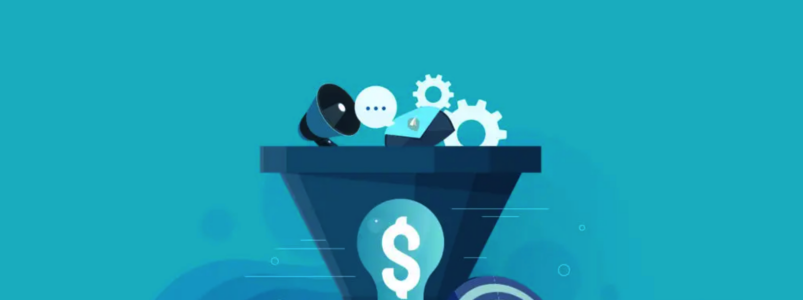The Bootstrapper’s Guide to Building a Scalable Sales Funnel

Creating a scalable sales funnel is vital for any bootstrapped business aiming to grow without relying heavily on external funding. A sales funnel is a structured path that guides potential customers from awareness to purchase, ensuring efficiency and scalability even with limited resources. Here’s a step-by-step guide to building a sales funnel tailored for bootstrap entrepreneurs:
Step 1: Define Your Target Audience
Key Objective: Understand your ideal customer profile (ICP) to attract the right prospects.
- Research Methods: Conduct surveys, analyze existing customers, and create detailed personas.
- Tools: Use free tools like Google Analytics, Hotjar, or Ubersuggest to understand audience behavior.
- Example: If you’re selling project management software, identify whether your audience comprises startups, agencies, or enterprise-level users, and tailor messaging accordingly.
Step 2: Create Awareness
Key Objective: Build visibility for your brand using cost-effective strategies.
- Content Marketing: Publish blog posts, videos, or webinars addressing pain points relevant to your target audience.
- Social Media: Focus on organic growth by engaging with potential customers on platforms they frequent.
- SEO Optimization: Identify long-tail keywords to improve search engine rankings without heavy ad spending.
Example: A bootstrapped SaaS company might publish a guide like “How to Manage Remote Teams Effectively” to attract relevant leads.
Step 3: Develop a Lead Magnet
Key Objective: Collect contact information by offering valuable resources.
- What to Offer: Free eBooks, templates, webinars, or discounts.
- Setup: Use tools like Mailchimp or HubSpot’s free CRM to capture and manage leads.
- Example: Offer a free downloadable project planning template in exchange for email sign-ups.
Step 4: Nurture Leads with Email Marketing
Key Objective: Build trust and guide leads through the decision-making process.
- Email Sequences: Create a series of automated emails to educate, engage, and convert leads.
- Personalization: Segment your audience to deliver tailored messages based on behavior or preferences.
- Example: A sequence might include:
- Welcome Email: “Thank you for downloading our template!”
- Educational Email: “5 Mistakes to Avoid in Project Planning”
- Conversion Email: “Here’s How [Your Product] Can Help!”
Step 5: Create a Streamlined Sales Process
Key Objective: Make it easy for leads to become paying customers.
- Optimized Landing Pages: Ensure your website or landing pages are clear, concise, and conversion-focused.
- Pricing Transparency: Offer clear pricing or a simple sign-up process for SaaS and eCommerce.
- Free Trials or Demos: Reduce friction by allowing prospects to experience your product risk-free.
Example: A tool like Stripe or PayPal can simplify the checkout process for SaaS or product-based businesses.
Step 6: Focus on Retention
Key Objective: Retain and upsell customers to maximize lifetime value (LTV).
- Customer Support: Provide top-notch support through chatbots, email, or calls.
- Upselling Opportunities: Introduce higher-tier plans, add-ons, or premium features.
- Feedback Loop: Use surveys to understand pain points and improve the customer experience.
Example: A SaaS tool might upsell by offering additional analytics features in a premium plan.
Step 7: Measure and Optimize
Key Objective: Continuously improve your sales funnel based on data.
- Metrics to Track:
- Conversion Rates (e.g., lead-to-customer).
- Cost Per Acquisition (CPA).
- Customer Lifetime Value (CLV).
- A/B Testing: Experiment with different headlines, CTAs, or email sequences to optimize performance.
- Tools: Use Google Analytics, Mixpanel, or ConvertKit for insights and tracking.
Example: Test two versions of your pricing page to see which drives more conversions.
Final Thoughts
Building a scalable sales funnel as a bootstrapper requires creativity, resourcefulness, and a focus on continuous improvement. By starting with a deep understanding of your target audience and layering cost-effective strategies, you can create a funnel that not only drives growth but does so sustainably. With a systematic approach, even limited resources can lead to extraordinary results.


